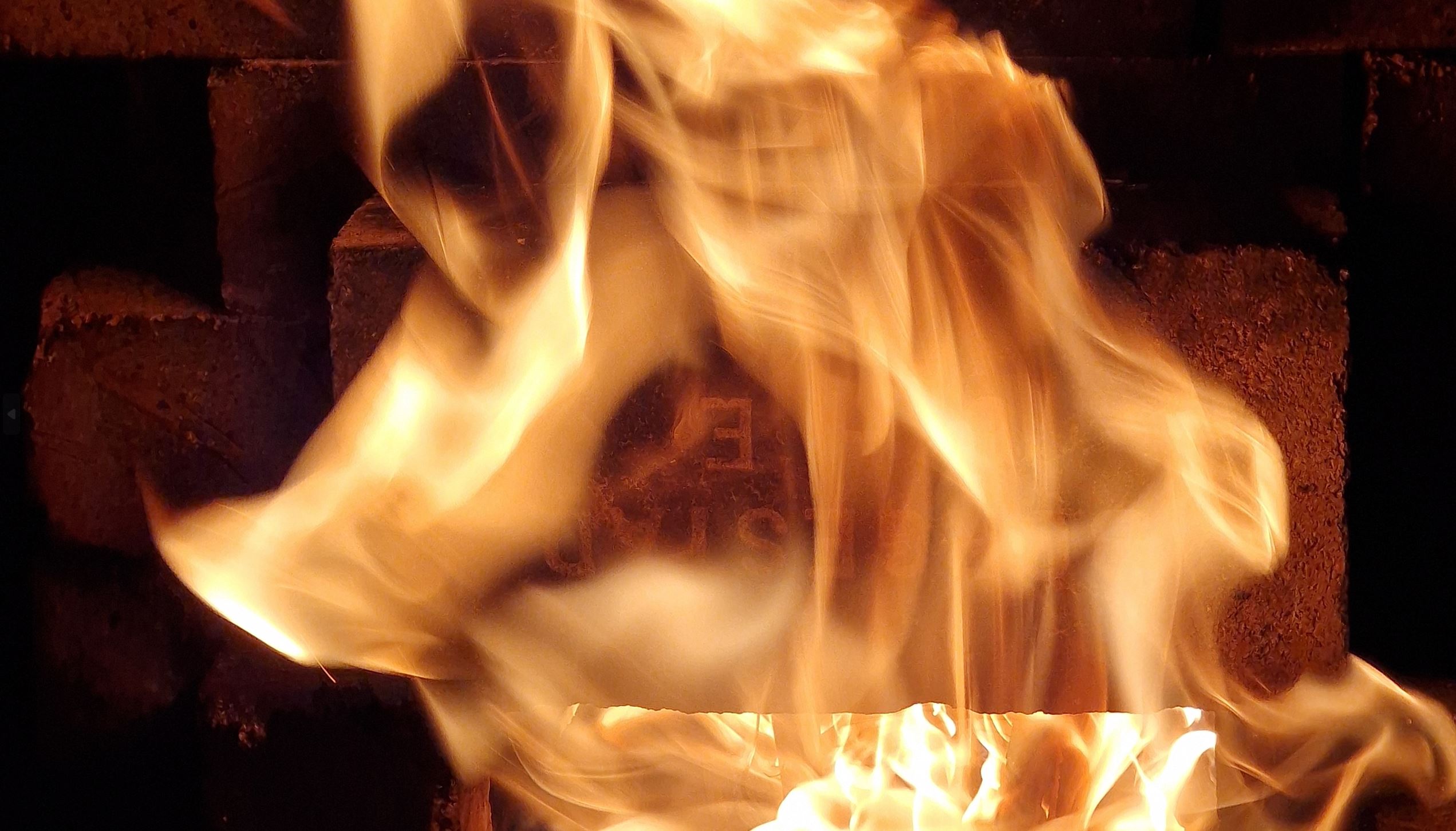Humans have burned ceramic in wood-fired kilns for at least 10’000 years
So there’s no point quitting now!
See how it’s done, where to start, and find
out why you should give it a try too
How to make DIY pottery kilns
Recent blog posts:
- The Oil Drum Kiln – It’s Easy to Sawdust Fire Pottery
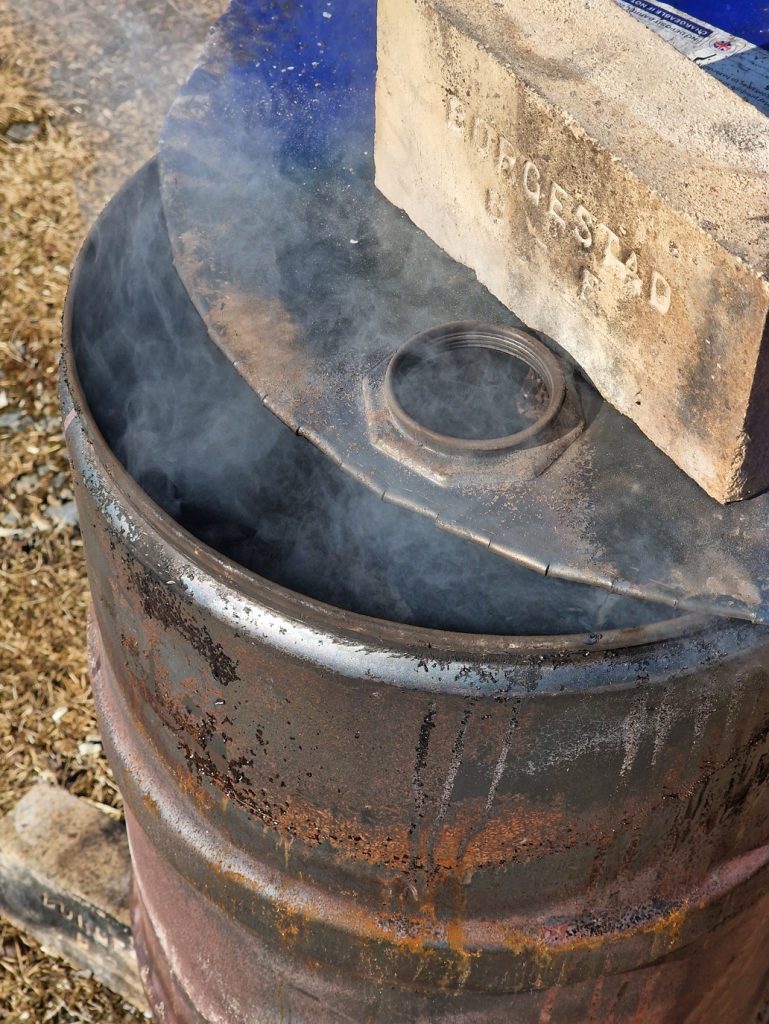 How to make it – pack it – burn it, the slow burning white-smoke kiln, blackware and reduction kiln environment … Continue readingThe Oil Drum Kiln – It’s Easy to Sawdust Fire Pottery
How to make it – pack it – burn it, the slow burning white-smoke kiln, blackware and reduction kiln environment … Continue readingThe Oil Drum Kiln – It’s Easy to Sawdust Fire Pottery - Kjærrahvalen Anagama 2015-2025 Retrospective Exhibition Oslo, Norway
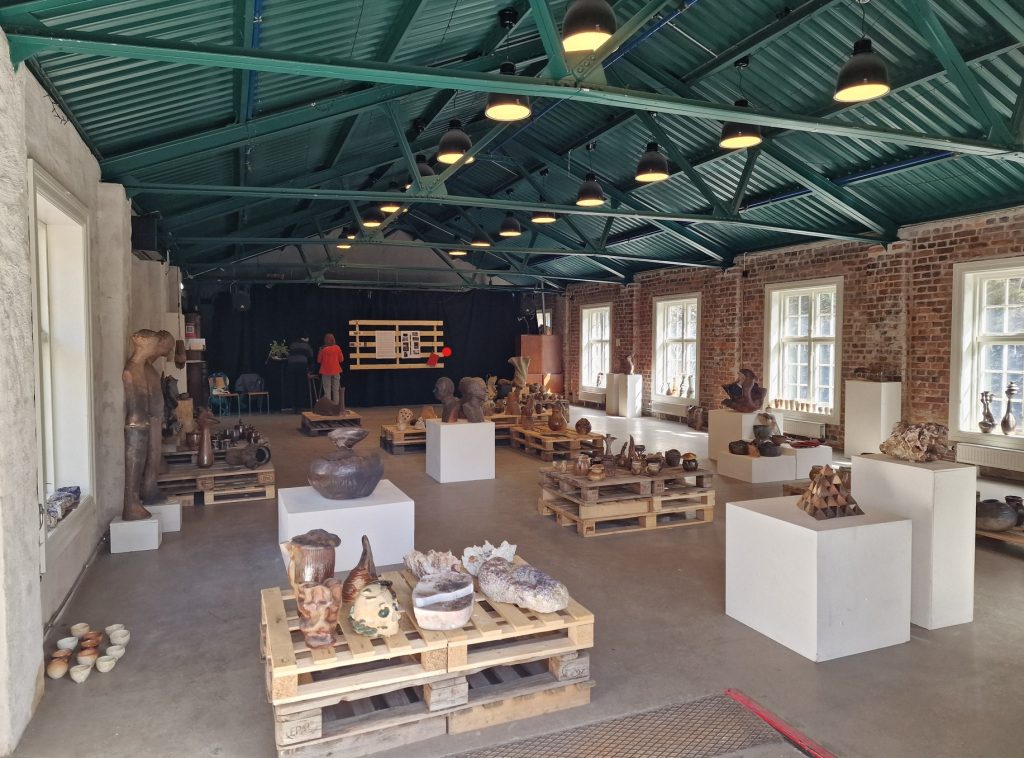 Kjerrahvalen Anagama 2015-2025 Retrospective Exhibition in Kruttverket, Oslo, Norway. 10 April to 20 April 2025. … Continue readingKjærrahvalen Anagama 2015-2025 Retrospective Exhibition Oslo, Norway
Kjerrahvalen Anagama 2015-2025 Retrospective Exhibition in Kruttverket, Oslo, Norway. 10 April to 20 April 2025. … Continue readingKjærrahvalen Anagama 2015-2025 Retrospective Exhibition Oslo, Norway - Coil Build The Clay Kiln – All You Need To Know
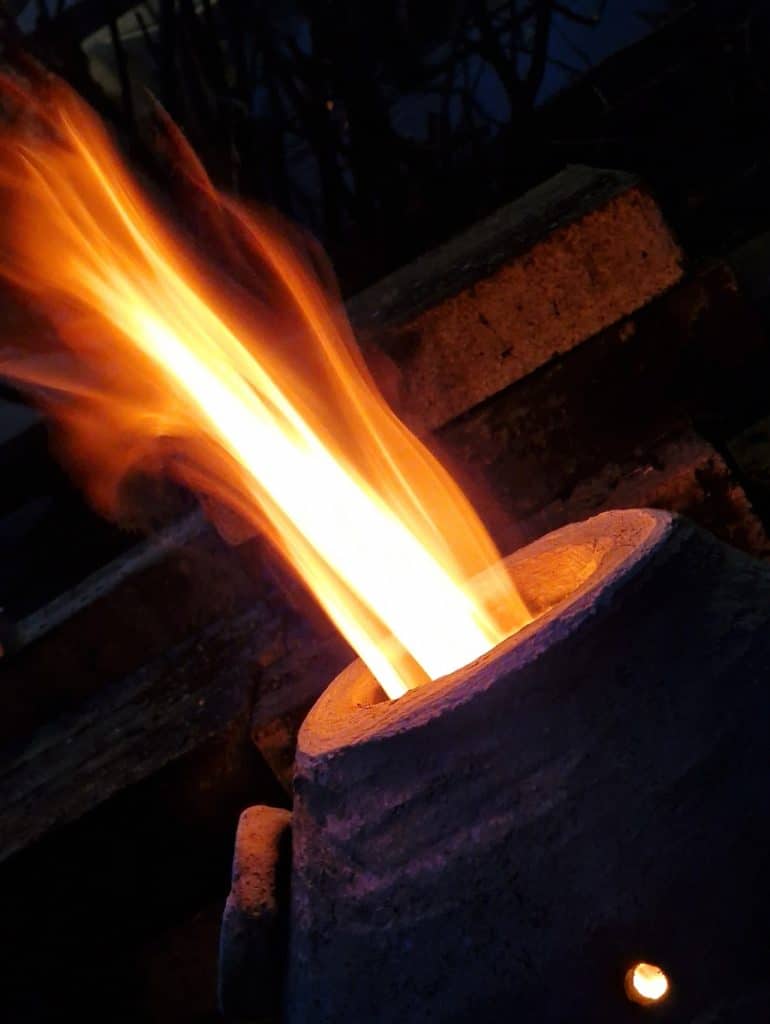 The Clay Kiln is a small wood fired kiln, it is easy to hand build, and shaped as a egg. This is an effective and homemade pottery kiln … Continue readingCoil Build The Clay Kiln – All You Need To Know
The Clay Kiln is a small wood fired kiln, it is easy to hand build, and shaped as a egg. This is an effective and homemade pottery kiln … Continue readingCoil Build The Clay Kiln – All You Need To Know - Glaze Fire Ceramic In The Campfire – Lead Free
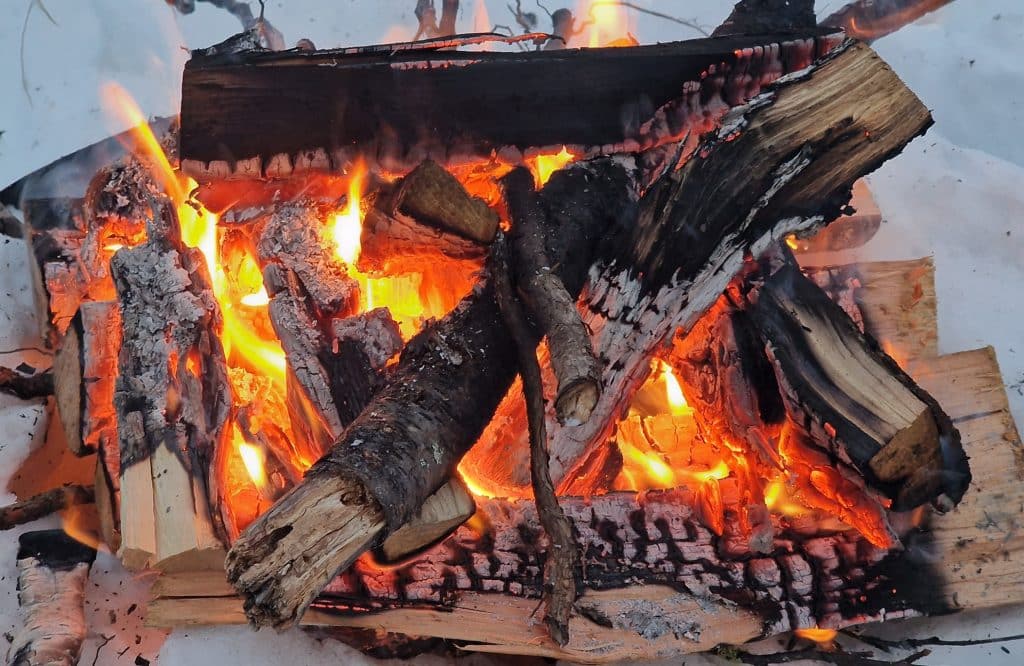 Is it possible to melt a pottery glaze at temperatures as low as 550 – 600 degrees C? Yes it is! This is how to glaze fire ceramic In the campfire … Continue readingGlaze Fire Ceramic In The Campfire – Lead Free
Is it possible to melt a pottery glaze at temperatures as low as 550 – 600 degrees C? Yes it is! This is how to glaze fire ceramic In the campfire … Continue readingGlaze Fire Ceramic In The Campfire – Lead Free - How to Build a Kiln for Pottery – Wood Fire
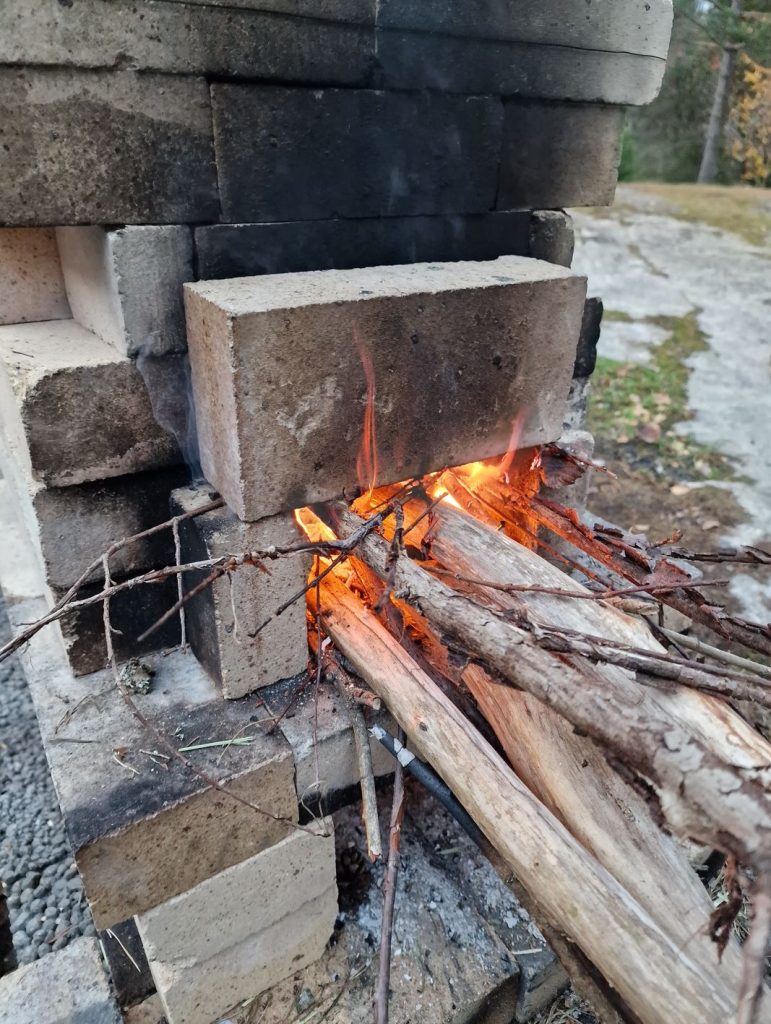 This is a classic wood fired brick-kiln design, an easy to control pottery kiln that performs well, also a good starter kiln … Continue readingHow to Build a Kiln for Pottery – Wood Fire
This is a classic wood fired brick-kiln design, an easy to control pottery kiln that performs well, also a good starter kiln … Continue readingHow to Build a Kiln for Pottery – Wood Fire - How to Make Strong Pottery For Primitive Firing
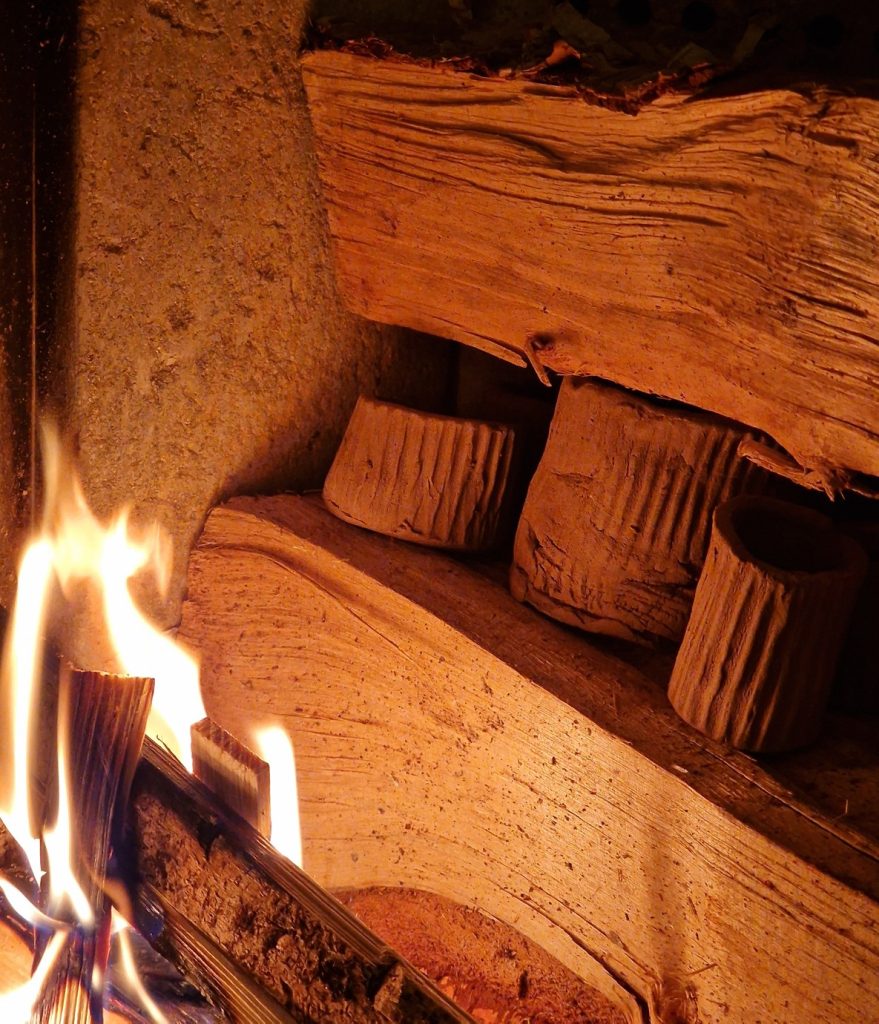 Make shock resist clay for pit fire, bonfire, and other primitive and home fire techniques … Continue readingHow to Make Strong Pottery For Primitive Firing
Make shock resist clay for pit fire, bonfire, and other primitive and home fire techniques … Continue readingHow to Make Strong Pottery For Primitive Firing - How the Modern Human Crafted Fire – How the Campfire Shaped Us
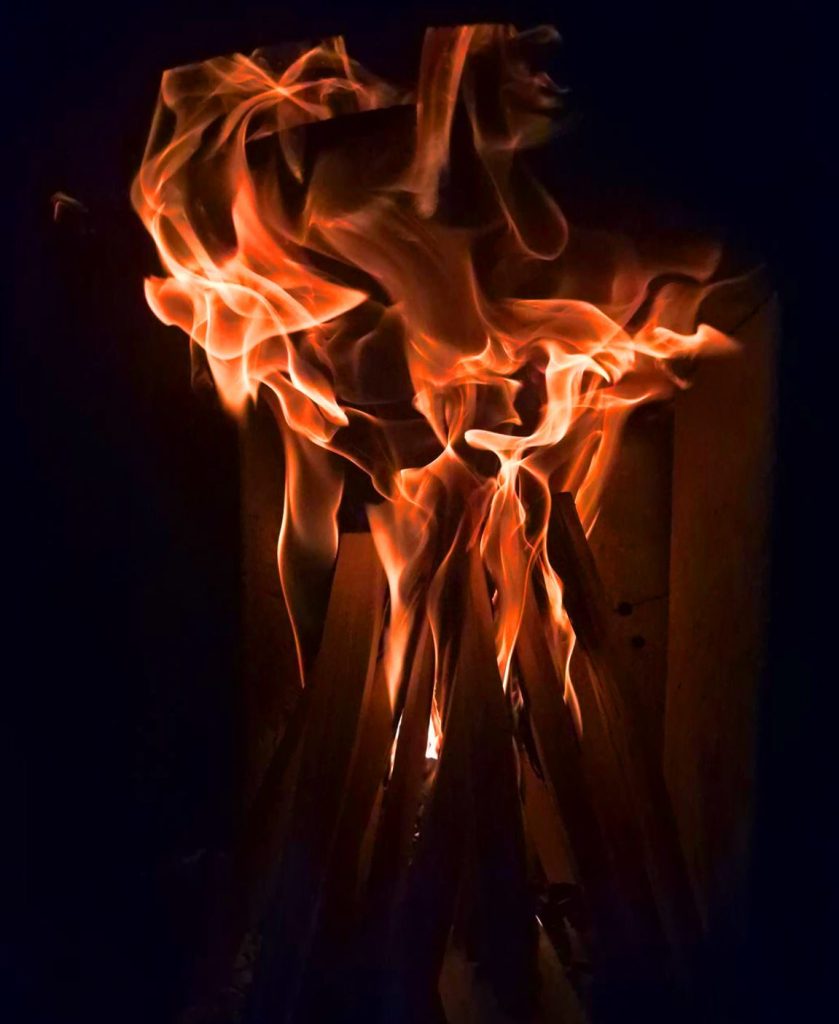 Firing ceramics in an electric kiln makes the potter’s life so easy, so why continue to fire with wood? … Continue readingHow the Modern Human Crafted Fire – How the Campfire Shaped Us
Firing ceramics in an electric kiln makes the potter’s life so easy, so why continue to fire with wood? … Continue readingHow the Modern Human Crafted Fire – How the Campfire Shaped Us - My New Homemade Kiln for Pottery!
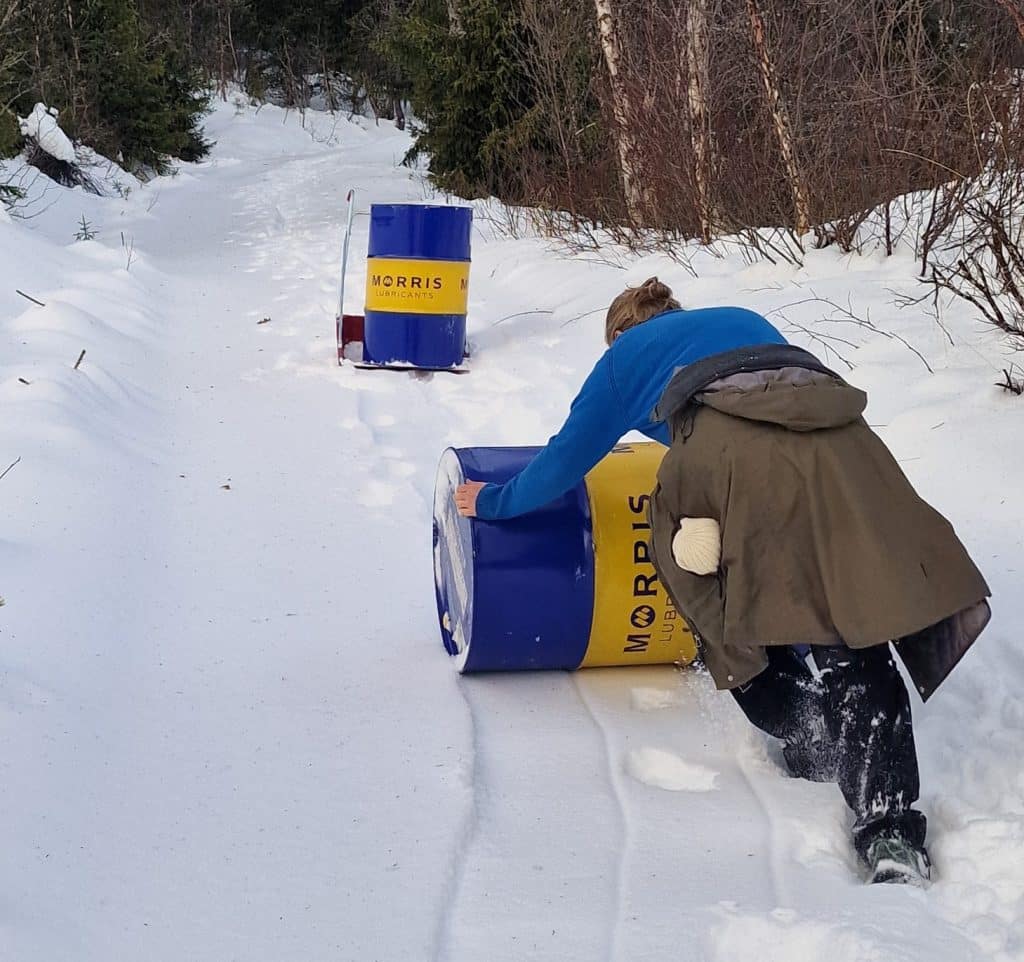 Sliding empty oil barrels in deep snow, they are going to be my new DIY pottery kiln as soon as spring arrives … Continue readingMy New Homemade Kiln for Pottery!
Sliding empty oil barrels in deep snow, they are going to be my new DIY pottery kiln as soon as spring arrives … Continue readingMy New Homemade Kiln for Pottery! - How To Make A Tin Can Kiln For Pottery, Glaze Fire With Charcoal
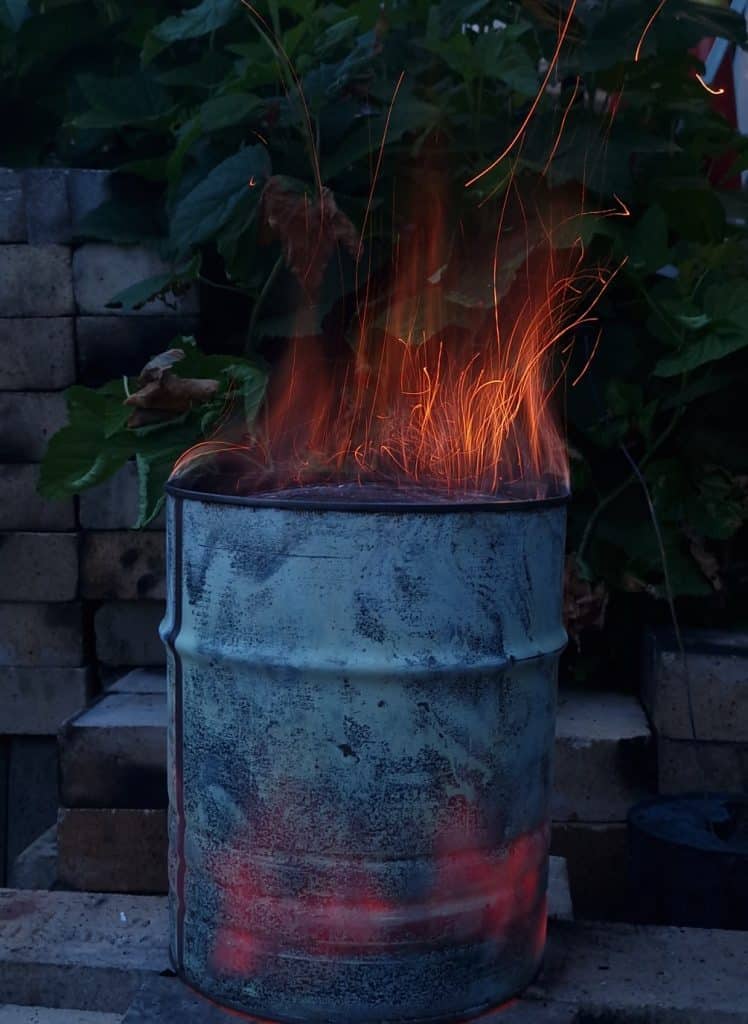 Fire ceramics in the Tin Can Kiln, reach 1100 °C in 2 hours. Small and super cheap rapid prototype kiln for pottery and glazes. … Continue readingHow To Make A Tin Can Kiln For Pottery, Glaze Fire With Charcoal
Fire ceramics in the Tin Can Kiln, reach 1100 °C in 2 hours. Small and super cheap rapid prototype kiln for pottery and glazes. … Continue readingHow To Make A Tin Can Kiln For Pottery, Glaze Fire With Charcoal - Minigama Pottery Kiln – The New, Radical Mini Kiln
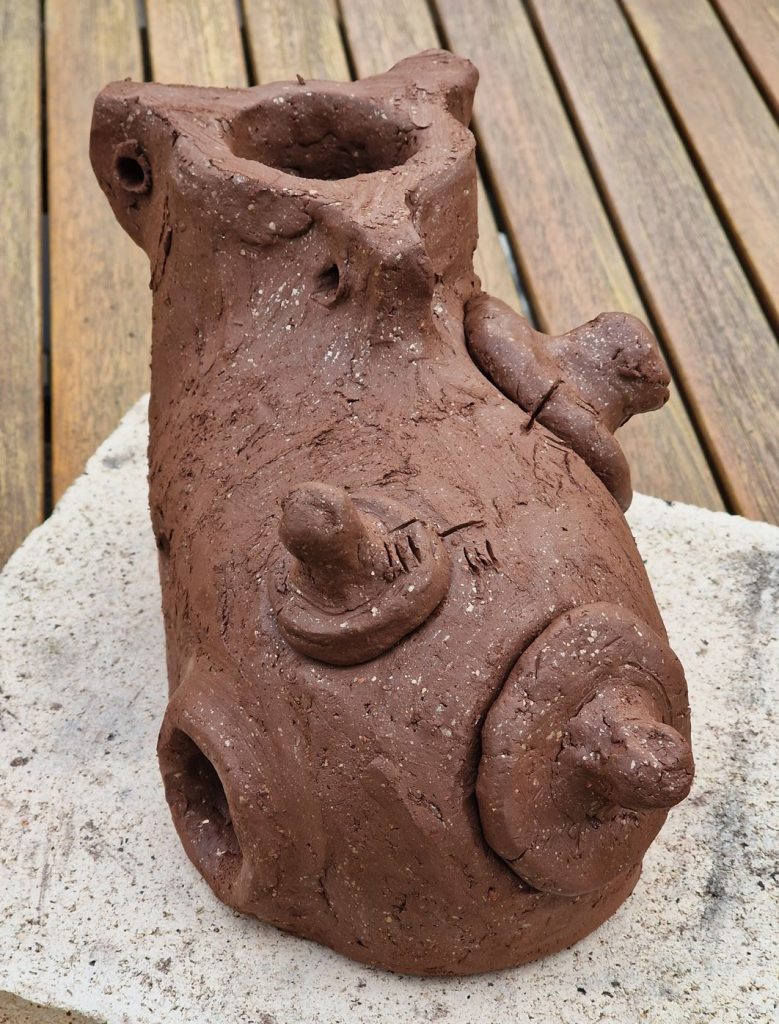 The Minigama is a 50 cm mini kiln that can be hand-built with clay and fired smoke free in the backyard. … Continue readingMinigama Pottery Kiln – The New, Radical Mini Kiln
The Minigama is a 50 cm mini kiln that can be hand-built with clay and fired smoke free in the backyard. … Continue readingMinigama Pottery Kiln – The New, Radical Mini Kiln - 9 Important Fluxes For Ceramic Glazes, A Summary Of Melting Agents
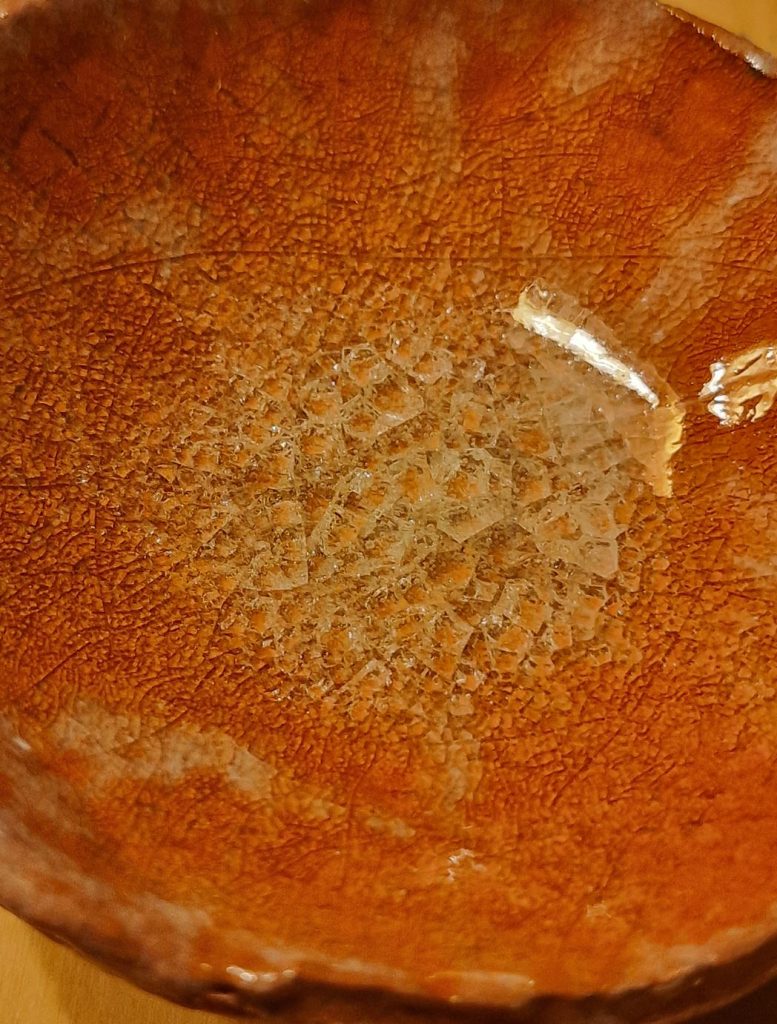 The family of ceramic fluxing agents, a simplified introduction to the complex topic … Continue reading9 Important Fluxes For Ceramic Glazes, A Summary Of Melting Agents
The family of ceramic fluxing agents, a simplified introduction to the complex topic … Continue reading9 Important Fluxes For Ceramic Glazes, A Summary Of Melting Agents - Sacrifice to the Kiln God – its Historic Roots
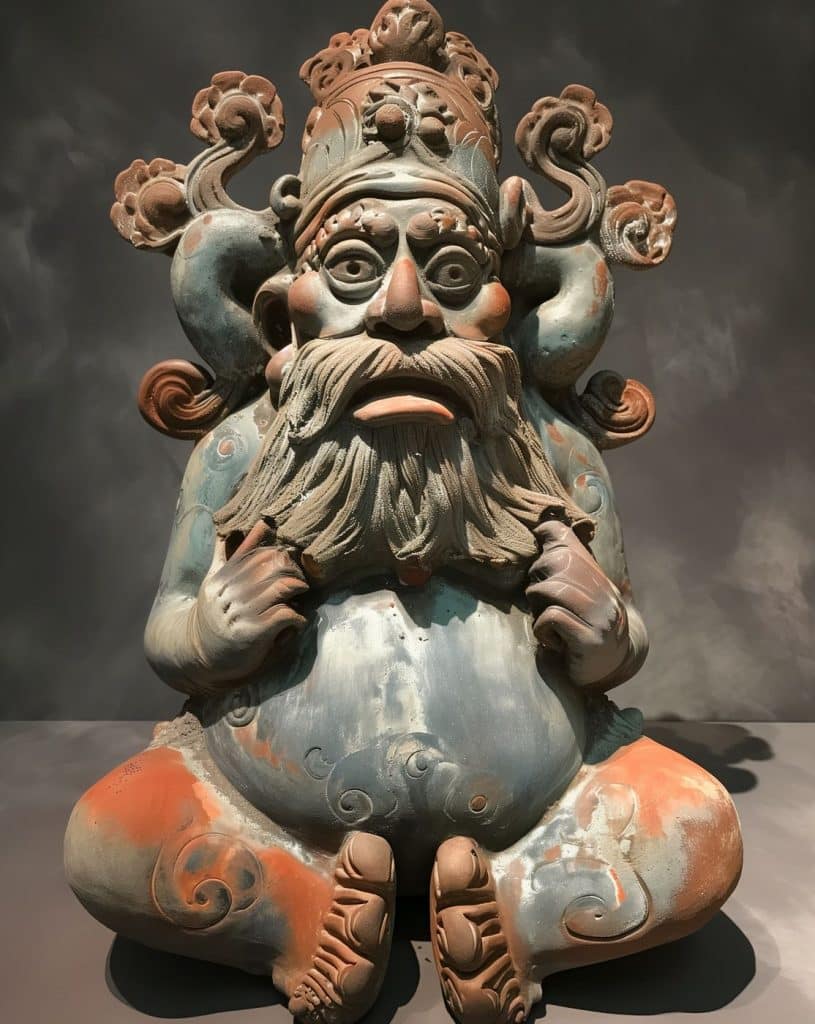 Sacrifice to the kiln Gods – its roots and rituals. Do it originates from ancient times? … Continue readingSacrifice to the Kiln God – its Historic Roots
Sacrifice to the kiln Gods – its roots and rituals. Do it originates from ancient times? … Continue readingSacrifice to the Kiln God – its Historic Roots - The Best Books About Wood-Fired Pottery: How to Build Kilns
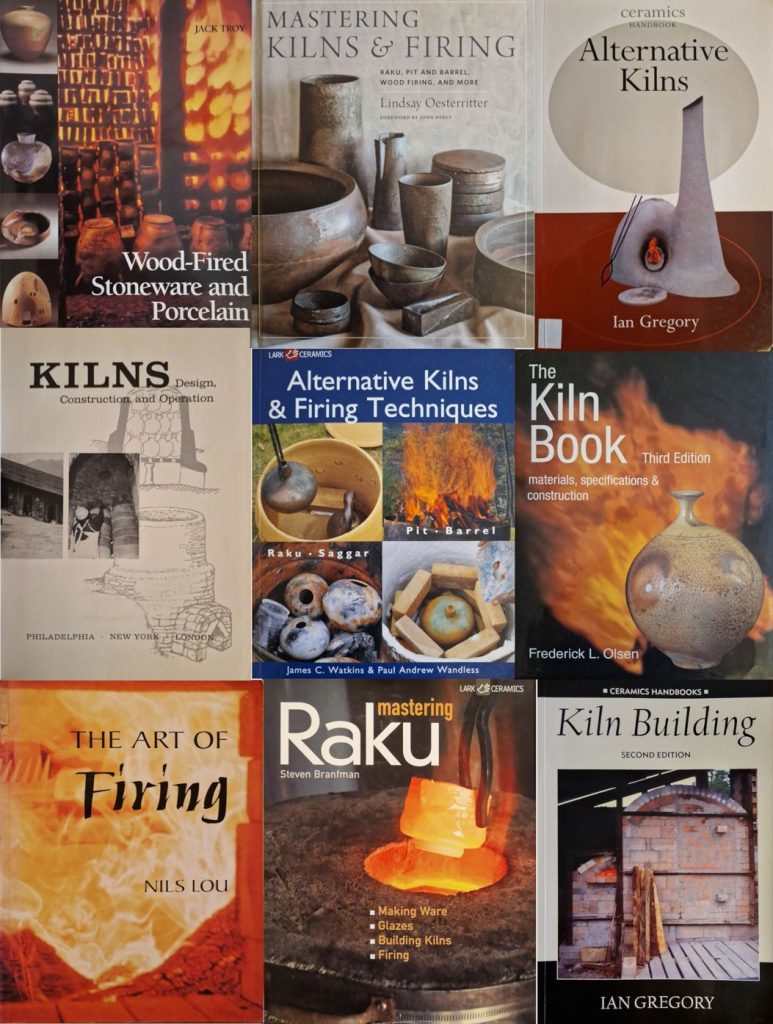 All the best books describing wood fired pottery kilns, – design, best practice and building technics. Best books about wood-fired pottery … Continue readingThe Best Books About Wood-Fired Pottery: How to Build Kilns
All the best books describing wood fired pottery kilns, – design, best practice and building technics. Best books about wood-fired pottery … Continue readingThe Best Books About Wood-Fired Pottery: How to Build Kilns - How to Burn Consistently in a Wood Fired Pottery Kiln
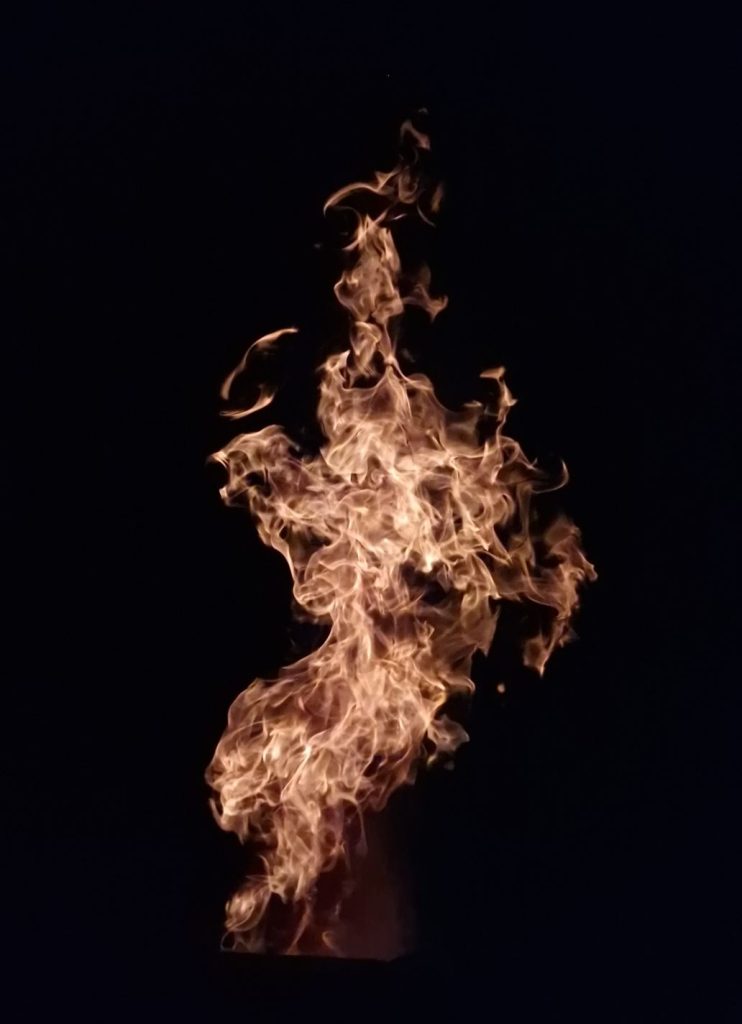 To reach high temperatures in a woodfired kiln you need a schedule, and some understand of he combustion process … Continue readingHow to Burn Consistently in a Wood Fired Pottery Kiln
To reach high temperatures in a woodfired kiln you need a schedule, and some understand of he combustion process … Continue readingHow to Burn Consistently in a Wood Fired Pottery Kiln - How To Make DIY Pottery Glazes For Wood Firing
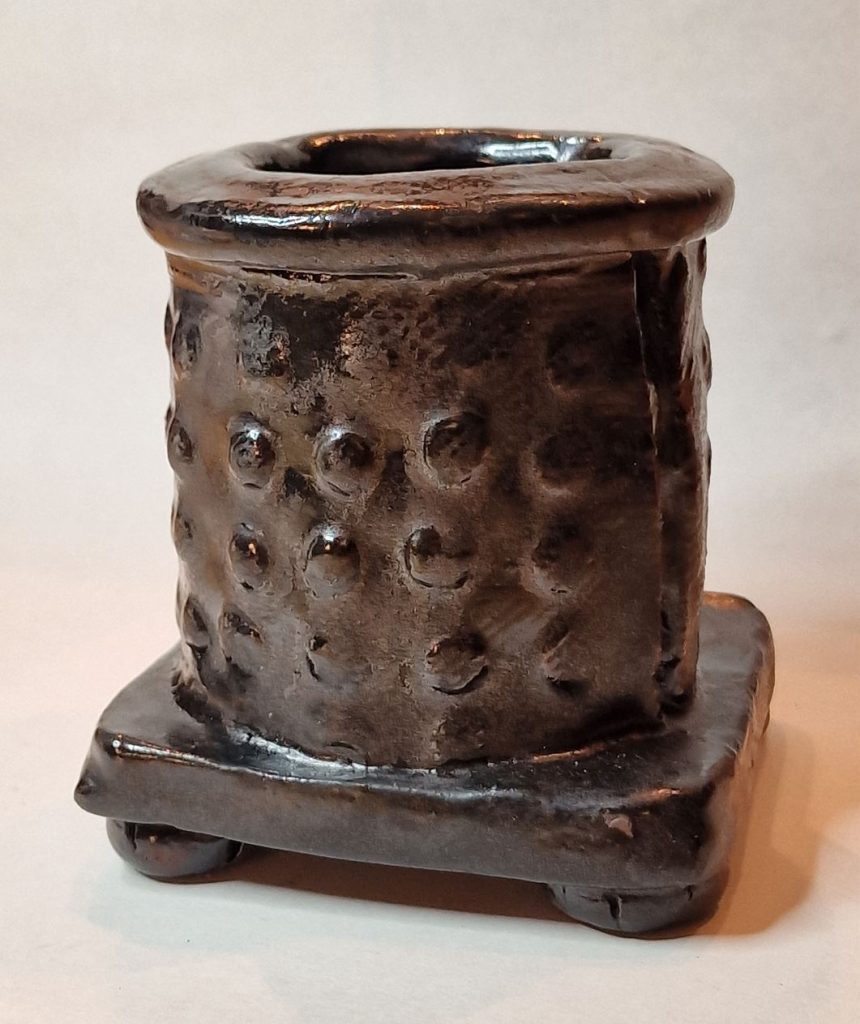 There are quite few unique ceramic raw materials, but mixed in countless combinations resulting in an endless myriad of glaze recipes … Continue readingHow To Make DIY Pottery Glazes For Wood Firing
There are quite few unique ceramic raw materials, but mixed in countless combinations resulting in an endless myriad of glaze recipes … Continue readingHow To Make DIY Pottery Glazes For Wood Firing - Fire up the Sawdust Pottery Kiln the Right Way
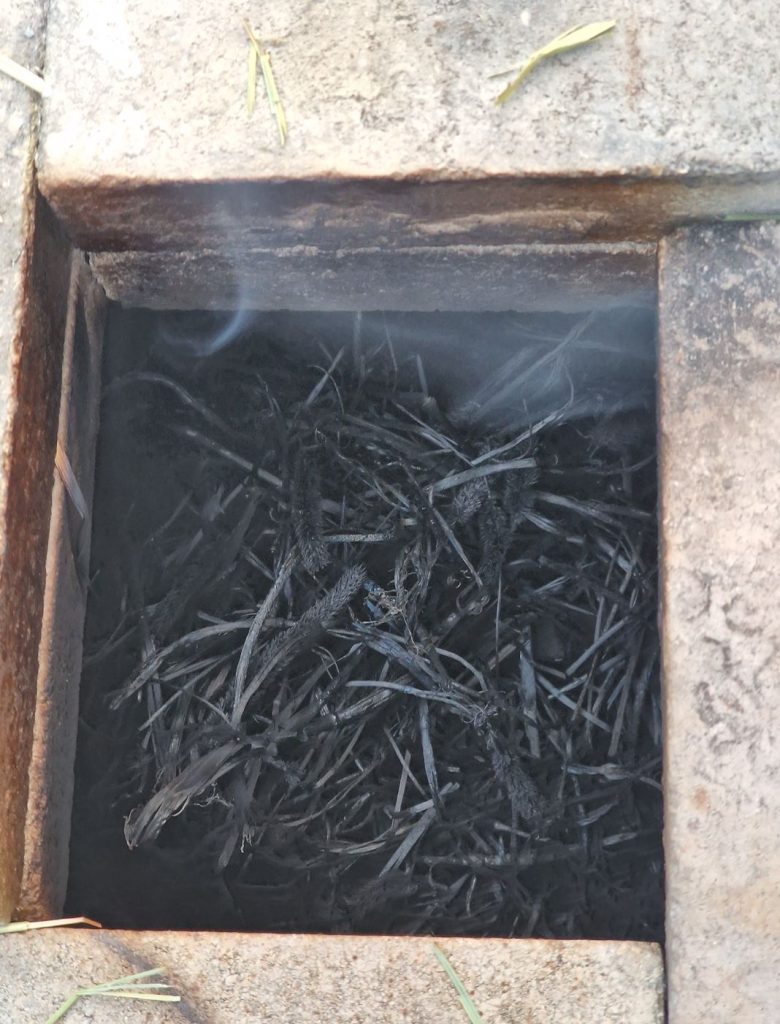 The sawdust kiln is a primitive, low-temperature kiln for pottery, the carbonization of the clay makes beautiful effects. … Continue readingFire up the Sawdust Pottery Kiln the Right Way
The sawdust kiln is a primitive, low-temperature kiln for pottery, the carbonization of the clay makes beautiful effects. … Continue readingFire up the Sawdust Pottery Kiln the Right Way - How To Build A Wood Fired Kiln With An Oil Barrel
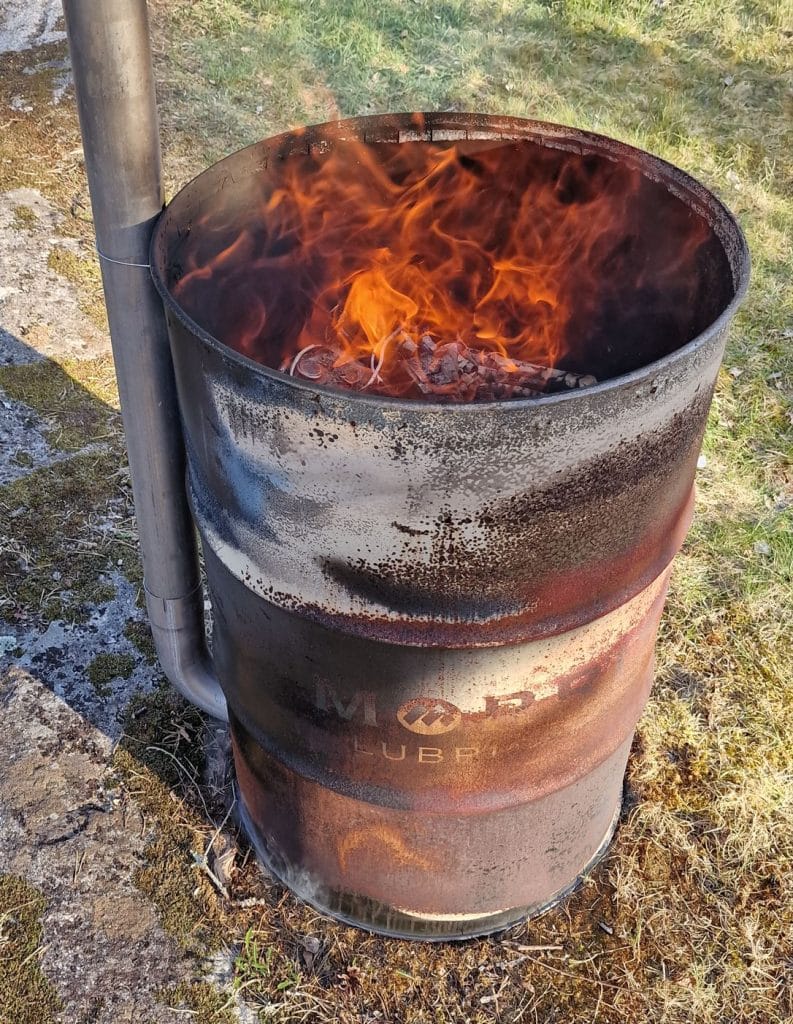 Repurpose an oil barrel to an ceramic kiln, you don’t need more than tree simple hand tools … Continue readingHow To Build A Wood Fired Kiln With An Oil Barrel
Repurpose an oil barrel to an ceramic kiln, you don’t need more than tree simple hand tools … Continue readingHow To Build A Wood Fired Kiln With An Oil Barrel - How To Fire Pottery In A Wood Stove, It’s Easy!
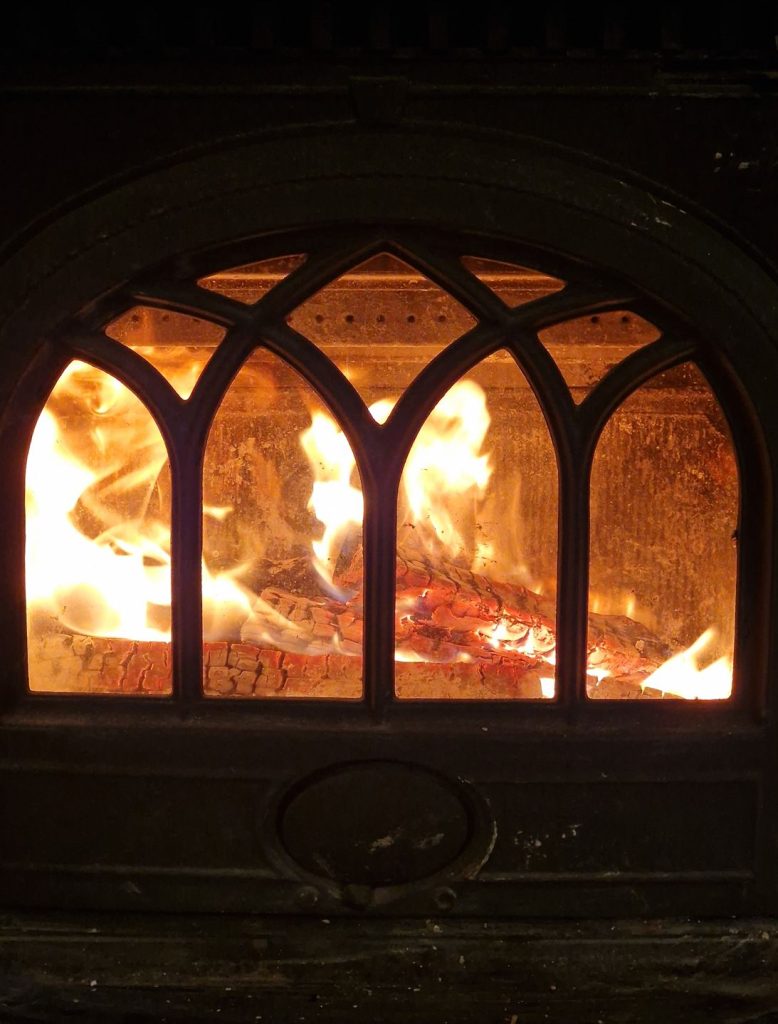 How to fire clay at home without a kiln? Many say you can’t fire pottery in a wood stove, but you can! … Continue readingHow To Fire Pottery In A Wood Stove, It’s Easy!
How to fire clay at home without a kiln? Many say you can’t fire pottery in a wood stove, but you can! … Continue readingHow To Fire Pottery In A Wood Stove, It’s Easy! - How To Make Fireclay – Low Cost Recipes
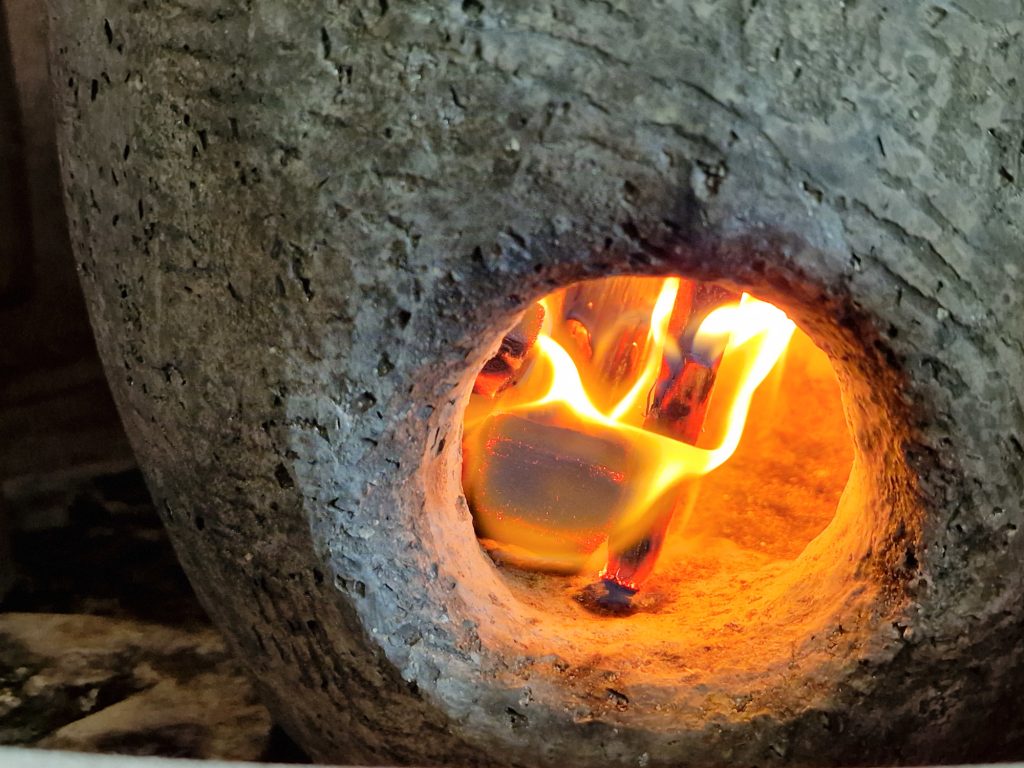 Homemade Fireclay and Flameware is a difficult topic; this is my best recipe’s … Continue readingHow To Make Fireclay – Low Cost Recipes
Homemade Fireclay and Flameware is a difficult topic; this is my best recipe’s … Continue readingHow To Make Fireclay – Low Cost Recipes
Homemade and DIY pottery kilns
So, what is low-fired ceramics?
We say low-fire ceramics when it’s fired between 900 – 1100 degrees Celsius, but that just doesn’t feel right! Clay irreversibly transforms to ceramics at approximately 600 degrees Celsius; to say low-fired ceramics start at 900 degrees is just snobbery! If low-fired ceramics start at 900 degrees, we miss the fun part; the temperature range between 600 – 900 degrees: A somewhat overlooked and less explored temperature range. If Indiana Jones were to start with ceramics, I bet this would be his temperature range of choice; this is where to expect ceramic adventures in the future (or at least I do).
Low-fired ceramic and DIY pottery kilns:
Prehistoric pottery started here between 600 – 900 degrees Celsius. Humans fired their first pottery in the campfire, where 600 degrees was difficult, and 900 close to impossible.
With time, human developed more advanced kilns, gained a better understanding of combustion, and developed new firing techniques; we were able to push the kiln temperature higher and higher.
Today 1250 – 1300 degrees is a standard firing temperature for many potters and has been so for decades. High-fired pottery has long been considered more “exclusive” than low-fired pottery. And I guess this has its historical reasons; when lovely thin-walled, transparent, white porcelain came from China through the Silk Road. The European low-fired, clumpy earthenware pots must have been a dull comparison.
But this wasn’t yesterday. The Silk Road lost its vibe, China lost its high-fire porcelain secrets, and now every potter on the planet, has a professional electric kiln that can reach these temperatures; everyone burns high today! So, where did the exclusivity go?
Low-fire ceramic is the new Cool!
Now, 10’000 years later, both low-fire and extreme low-fire ceramics deserve a Renaissance!
First, low-fired ceramic is different! Low-fired is energy efficient and environment-friendly, it’s low-cost, and accessible for everyone: It’s for the many, not the few, the grassroots. Almost any simple DIY pottery kiln can reach these temperatures, and it can be fired in a small backyard. Leave the expensive professional kilns for the professionals.
Most of the kiln designs on this webpage can burn at much higher temperatures if that’s what you want, 1100 – 1200 degrees Celsius, some of them also 1250 – 1300.
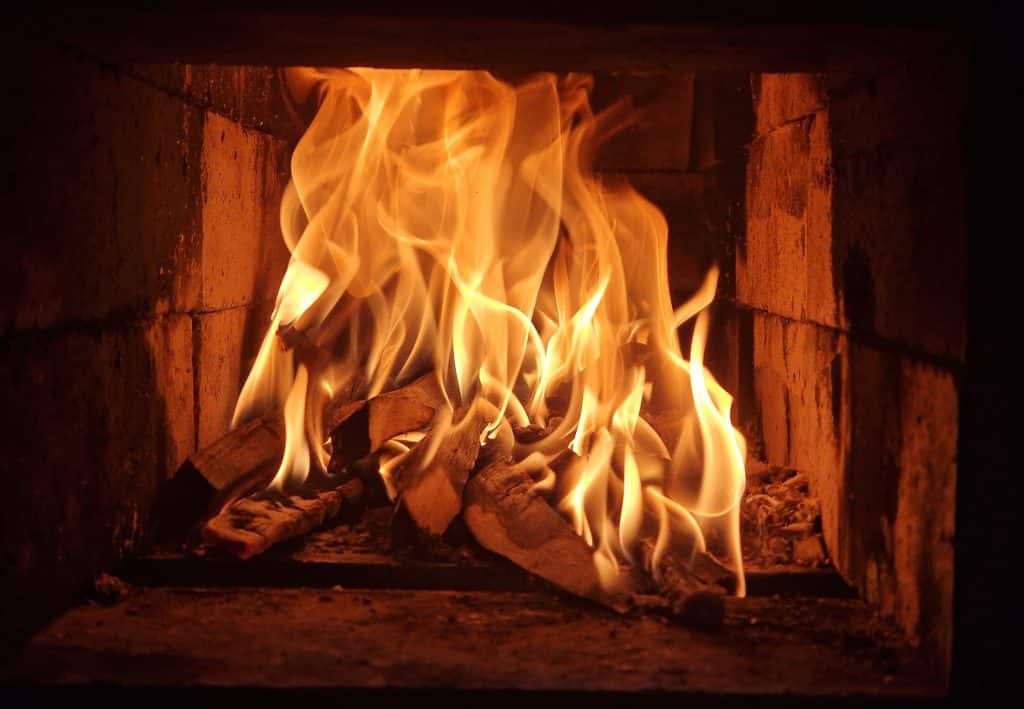
Wood firing, DIY homemade & entry kilns, historic ceramic & archeology, craft and culture, raw materials, low-fired glazes, and earthenware clay. Best practices, tips and tricks.
Quick content list:
How to build a wood fired kiln for pottery
Wood fired kiln design
Wood fired kiln temperature
Primitive pottery glaze
How to build an outdoor kiln
How to cut and shape kiln bricks
Food safe ceramic glaze
Low-fire ceramic and DIY pottery kilns
